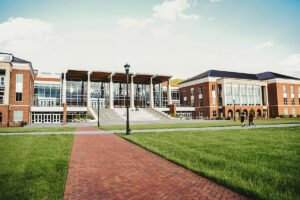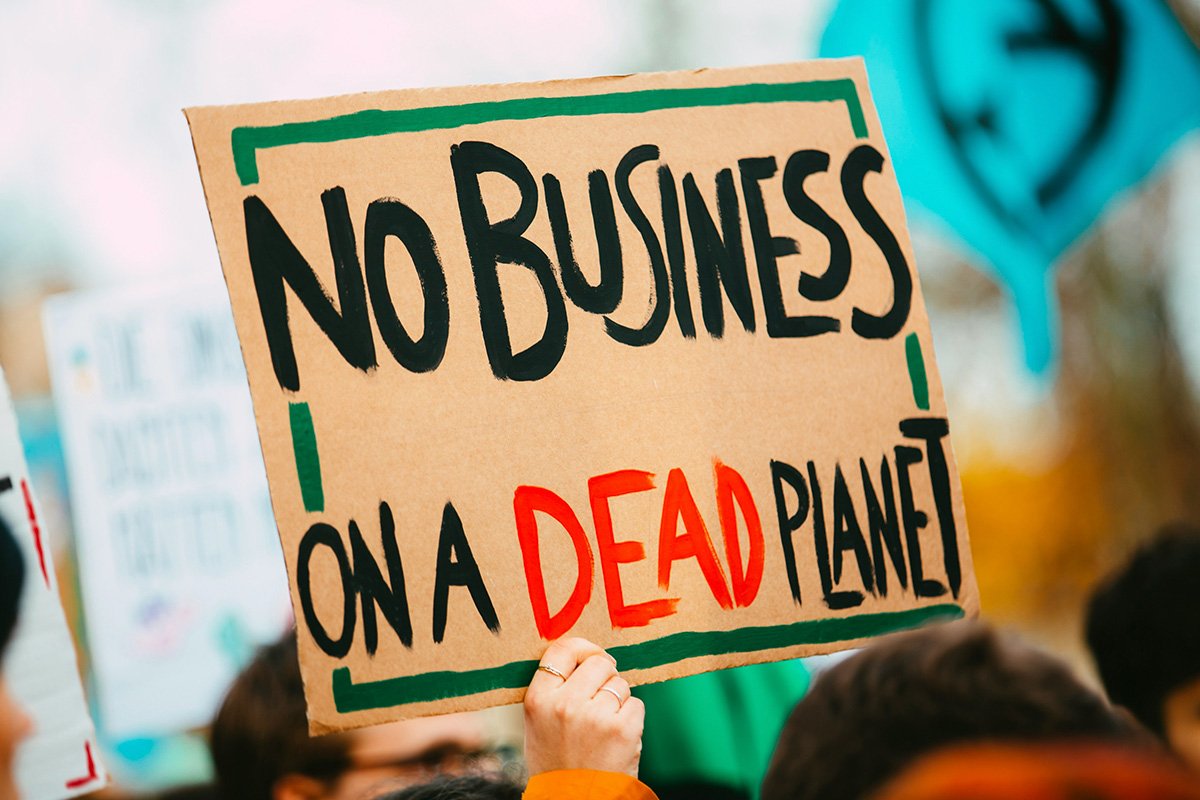
September 10, 2019; New York Times Magazine
The most selective colleges in the US are the least diverse socioeconomically, according to 2017 research by Harvard economist Raj Chetty and others. As Paul Tough reports in the New York Times Magazine, at Ivy League and a few other highly selective colleges, Chetty’s group found that “more than two-thirds of undergraduates, on average, came from families in the top income quintile, and fewer than four percent of students grew up in the bottom income quintile.”
Why is this the case?
You hear two conversations around class and admissions to America’s most selective colleges, according to Tough. The first, the public conversation, goes like this: “Selective colleges would love to admit more low-income students—if only they could find enough highly qualified ones who could meet their academic standards.” This suggests a problem of demand—poor kids are failing to apply to the pricey, highly selective colleges that would love to have them.
Tough describes a different conversation that happens inside college admissions offices, or “enrollment management” offices, as they are now often called. This second conversation suggests a supply problem: “Enrollment managers know there is no shortage of deserving low-income students applying to good colleges. They know this because they regularly reject them—not because they don’t want to admit these students, but because they can’t afford to.”
NPQ has reported previously on the ways in which the admissions process is stacked against low-income applicants. The use of SAT and ACT test scores, for example, strongly favors students from higher-income families who can afford test-prep classes or tutoring. That’s why a growing number of colleges are choosing to make these test scores optional.
But while making test scores optional might open the door for some top low-income students, it does nothing to alleviate the pressure for tuition dollars. This pressure shapes what incoming classes actually look like.
One reason for this financial pressure is that colleges find that cutting costs works against them. The US News & World Report annual ranking of “America’s Best Colleges”—the gold standard of US college rankings used by parents and students—is part of the problem. The ranking rewards schools that spend more on professor salaries and student services. If a college chooses to cut costs, its ranking may drop. If its ranking drops, the college will receive fewer applications the following year.
“So instead you keep your spending high, which means you need a lot of tuition revenue, which means you need to keep admitting a lot of rich kids,” Tough writes. In a survey of college admissions officers, “87 percent said the [US News] list caused universities to take steps that were ‘counterproductive’ to their educational mission in order to improve their ranking.”
Sign up for our free newsletters
Subscribe to NPQ's newsletters to have our top stories delivered directly to your inbox.
By signing up, you agree to our privacy policy and terms of use, and to receive messages from NPQ and our partners.
College tuition has soared in the last 30 years. At the same time, receiving financial aid at highly selective schools has become the norm. Both public and private colleges offer “tuition discounts” or “merit aid” to students who do not, strictly speaking, need financial aid, because doing so increases the chance that a student will attend their school. At private, nonprofit universities, the tuition discount is now nearly 50 percent. This naturally leaves less financial aid to go around.
“American colleges collectively now give more institutional aid to each student with a family income over $100,000, on average, than they do to each student with a family income under $20,000,” Tough reports.
Then there is the system that determines what each student will pay at elite schools. As Tough reports, any two students on a given campus are likely to be paying different prices for the same education. That’s because colleges hire consultants that provide “financial aid optimization”—predictive models based on past students’ decision making patterns that predict what each applicant is likely to be willing to pay. These work much like yield-based pricing, which is used to set passenger airfares. Colleges use these models to form an incoming freshman class that hits a key mix of the necessary number of students and the amount of tuition that can be expected from each, helping admissions departments hit their revenue targets.
Unsurprisingly, these models don’t benefit qualified low-income applicants. Enrollment managers often winnow out poorer students to ensure that revenue targets are met. “Colleges’ predictive models and the specific nature of their inputs may differ somewhat from one institution to another,” Tough writes, “but the output is always the same: Admit more rich kids. That’s the message almost every enrollment manager hears each spring, either obliquely or explicitly.”
There are a small number of colleges—including Harvard, Princeton and Stanford—where the need for tuition income doesn’t exert any pressure at all. “Some of the most selective colleges have so much money,” Tough writes, from their huge endowments and reliable donors, “that they could easily admit freshman classes made up entirely of academically excellent Pell-eligible students and charge them nothing at all. The cost in lost tuition would amount to a rounding error in their annual budgets.”
Why don’t they?
Tough cites research from a 2008 paper by Nicholas A. Bowman and Michael N. Bastedo that showed that when colleges attempt to increase their diversity, application numbers decline in subsequent years.
Jon Boeckenstedt, who has helped run admissions at DePaul University and Oregon State, has a theory. “Maybe—just maybe—the term ‘elite’ means ‘uncluttered by poor people,’ ” Boeckenstedt wrote in his blog on college admissions. “And maybe that’s the problem?”—Catherine Jones











